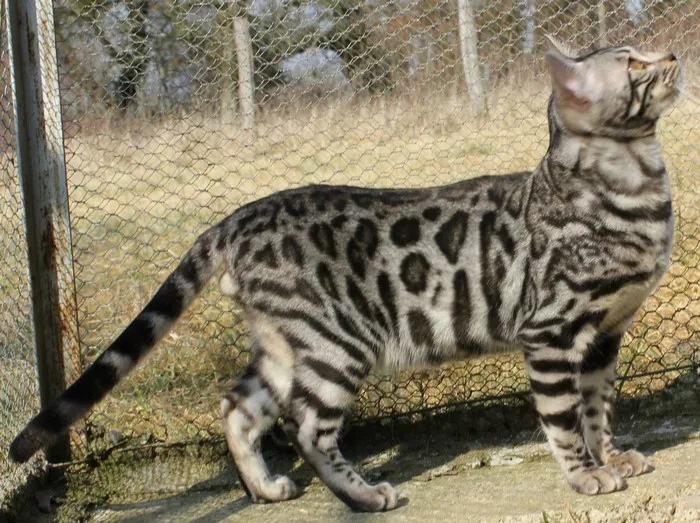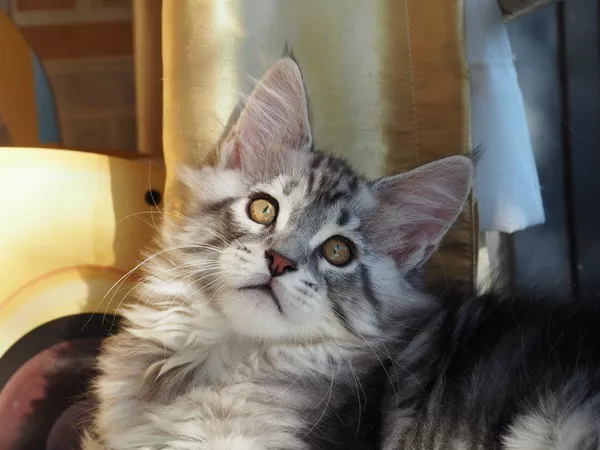Bengal cats are a unique and beautiful breed of domestic cat that require a specific diet to maintain their health and happiness. As an owner, feeding your Bengal cat the right amount of food is crucial in promoting good health and extending their lifespan. In this article, we will discuss how much you should feed your Bengal cat to keep them healthy and happy.
1. Understanding the Nutritional Needs of Your Bengal Cat
Before we dive into discussing how much to feed your Bengal cat, it’s important to understand their nutritional needs. Bengals are highly active cats that require a well-balanced diet with sufficient protein, fat, and carbohydrates to fuel their energetic lifestyle. They also require vitamins and minerals to support their immune system and overall health.
When selecting cat food for your Bengal, look for high-quality brands that list real meat as the primary ingredient. Avoid foods that contain fillers like corn, wheat, or soy as these can be difficult for your cat to digest and may lead to allergies or other health problems. Additionally, ensure that the food provides all the necessary nutrients for your cat’s age, size, and energy level.
2. Calculating Your Bengal Cat’s Caloric Needs
The amount of food your Bengal cat requires varies depending on several factors, including their age, weight, activity level, and overall health. A general guideline for healthy adult Bengals is to provide 25-30 calories per pound of body weight per day. So, if your Bengal weighs 10 pounds, they should consume between 250-300 calories daily.
However, it’s important to note that this is just a rough estimate, and some cats may require more or fewer calories depending on their individual needs. For instance, an older Bengal or one with a sedentary lifestyle may need fewer calories than a younger, more active Bengal. Likewise, a Bengal that engages in vigorous exercise or activities may require more calories to maintain their energy levels.
3. Determining the Ideal Portion Size for Your Bengal Cat
Once you have calculated your Bengal’s caloric needs, the next step is determining the appropriate portion size for their meals. Most cat food brands provide recommended feeding guidelines based on weight and activity level, so be sure to read the label carefully and follow these instructions closely.
As a general rule of thumb, adult Bengals should consume approximately 3/4 to 1 cup of dry food per day, split across two or three meals. If you opt for wet food, feed your Bengal one 3-ounce can per 3-4 pounds of body weight daily. However, it’s important to note that these are just guidelines, and the actual amount your Bengal needs may vary depending on their individual needs.
It’s also essential to monitor your Bengal’s body weight closely and adjust their food intake accordingly. If you notice that your cat is gaining weight, reduce their food portions slightly until they reach a healthy weight. Similarly, if your Bengal is losing weight or appears lethargic, increase their food intake or consider switching to a higher-calorie cat food brand.
4. Offering Treats in Moderation
While treats are an excellent way to reward your Bengal for good behavior or offer them some variety in their diet, it’s important to offer them in moderation. Overfeeding your cat with treats can lead to obesity, dental problems, and other health issues.
Offer your Bengal treats sparingly, and choose healthy options like freeze-dried meat or small pieces of cooked chicken breast. Avoid giving your cat table scraps or anything that contains sugar, salt, or artificial preservatives.
5. Providing Fresh Water at All Times
Finally, ensure that your Bengal has access to fresh water at all times. Cats need plenty of water to stay hydrated and healthy, especially if they eat mainly dry food. Provide your cat with a clean, fresh water bowl and change the water at least once a day to prevent bacteria growth.
In summary, feeding your Bengal cat the right amount of food is crucial in promoting good health and happiness. Understanding their nutritional needs, calculating their caloric needs, determining the ideal portion size, offering treats in moderation, and providing fresh water are all essential components of a healthy diet for your Bengal. By following these guidelines, you can ensure that your cat stays healthy, active, and happy for years to come.

























